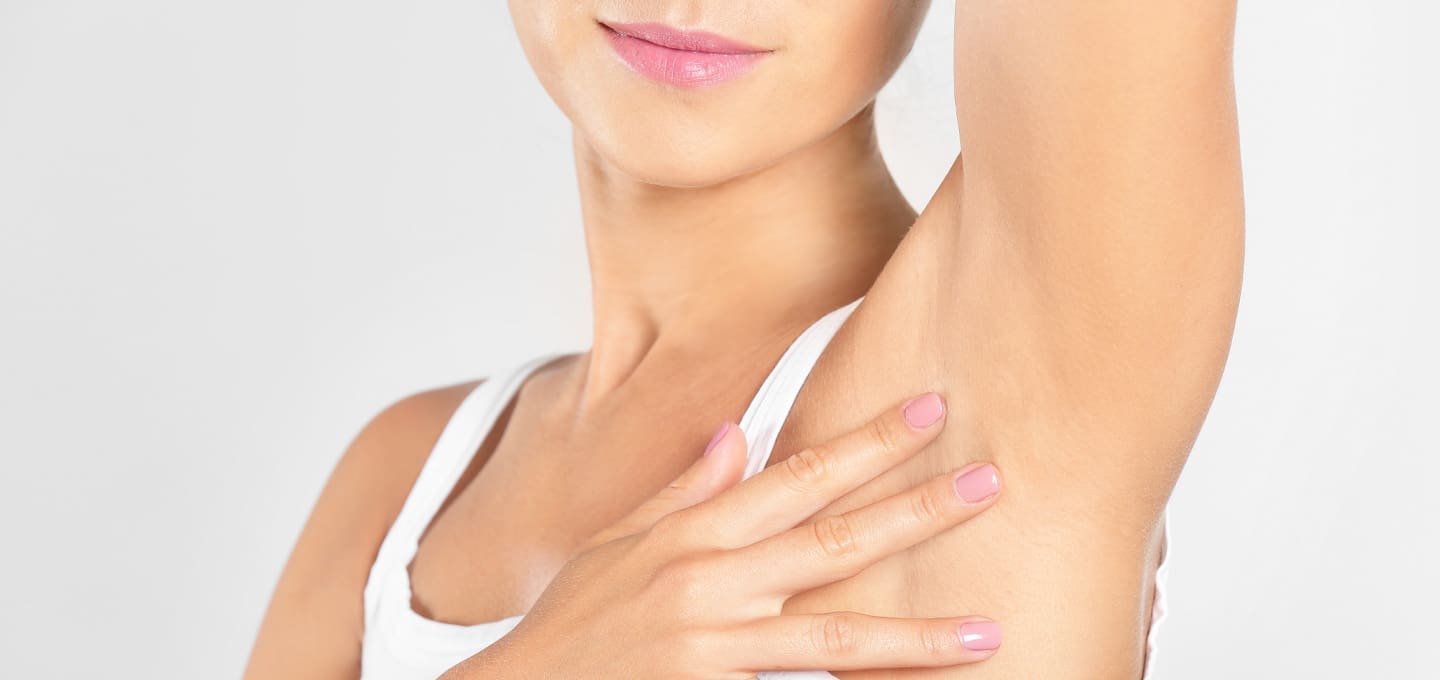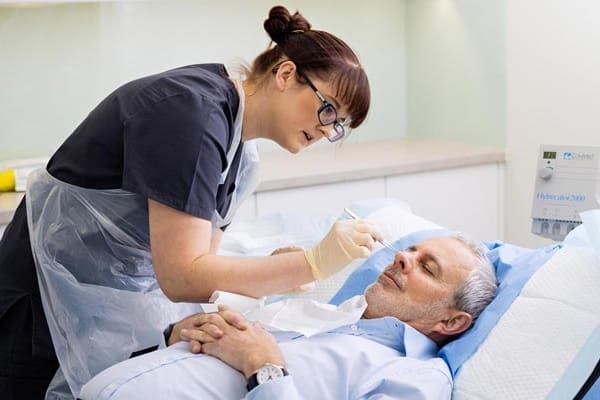It often goes beyond the body’s physiological need to cool down and can significantly impact an individual’s quality of life.
There are two main types of hyperhidrosis: primary and secondary. Primary hyperhidrosis is the most common form and typically affects specific areas of the body, such as the palms of the hands, soles of the feet, underarms, and face. It tends to start during childhood or adolescence and is thought to have a genetic component.
Secondary hyperhidrosis, on the other hand, is usually a symptom of an underlying medical condition or a side effect of medication. The exact cause of primary hyperhidrosis is not fully understood, but it is believed to be related to an overactivity of the sympathetic nervous system, which controls sweating. Triggers can be emotional, such as stress or anxiety, or environmental, like warm weather. Secondary hyperhidrosis can be a result of various factors, including hormonal changes (like menopause or thyroid disorders), certain medications, infections, or metabolic conditions.
Treatment options for excessive sweating depend on the severity and underlying cause. For primary hyperhidrosis, lifestyle adjustments can make a significant difference. This may include using antiperspirants with higher concentrations of aluminium chloride, wearing breathable fabrics, and avoiding spicy foods and caffeine. An injectable treatment that is commonly for wrinkle reduction has also proven effective in temporarily blocking the nerves responsible for excessive sweating. For secondary hyperhidrosis, addressing the underlying cause is paramount. This may involve adjusting medication regimens, managing hormonal imbalances, or treating infections.
During your dermatology consultation, individuals experiencing excessive sweating can consult with The Day Clinic’s experienced Dermatologists to determine the most appropriate course of action based on their specific circumstances and medical history.




